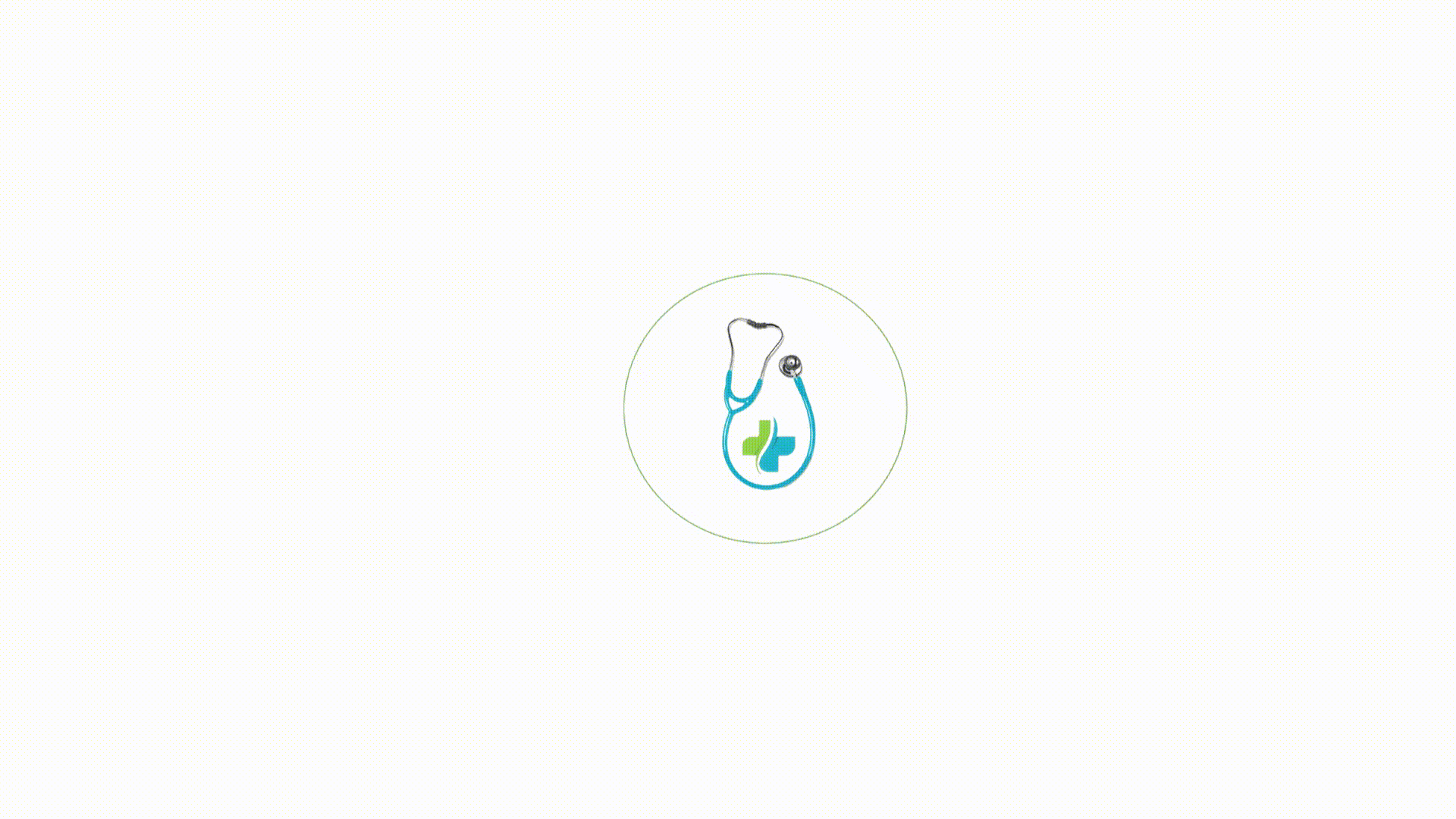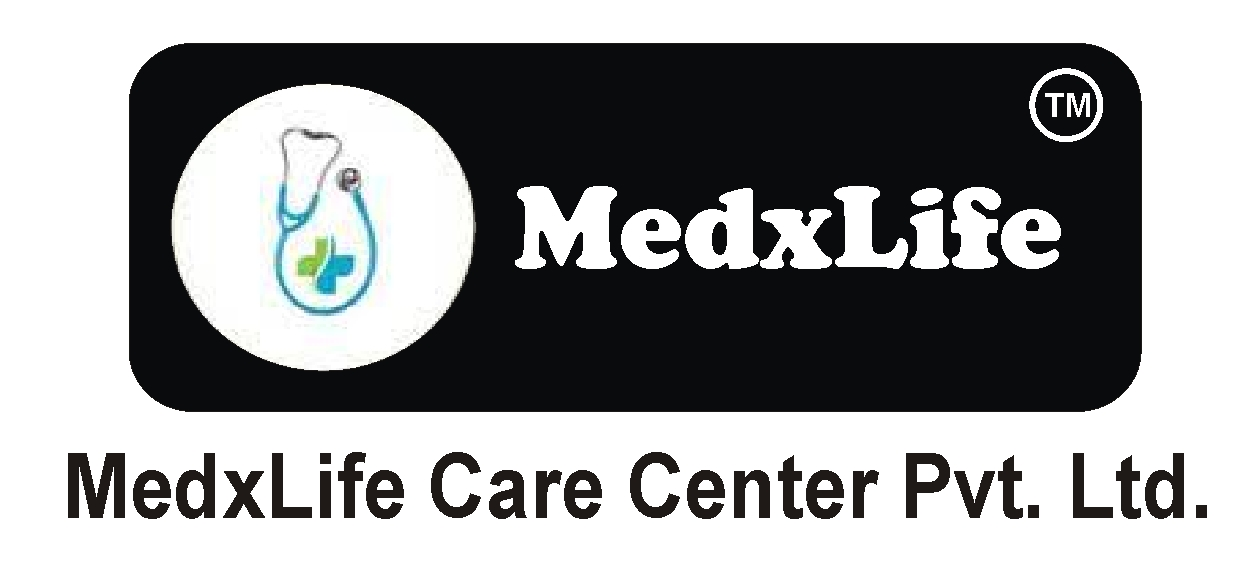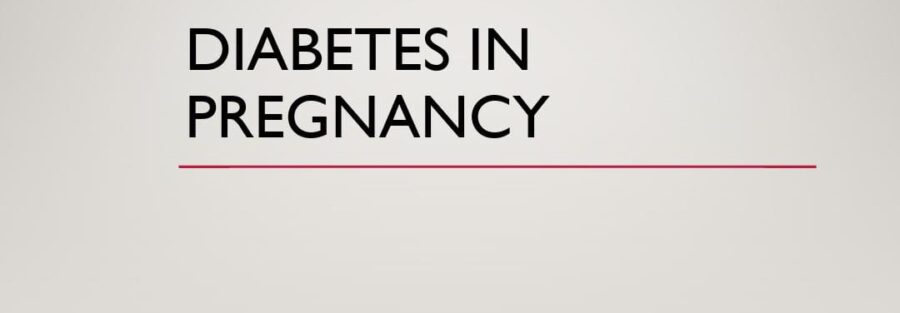Physiologically during pregnancy insulin resistance increases which is maximum at 24 weeks of pregnancy. This occurs due to hormones like estrogen, progesterone, cortisol, prolactin and human placental lactogen(HPL). This increase in insulin resistance causes postprandial hyperglycemia which gets diverted to the fetus. Increase in insulin resistance causing hyperinsulinemia causes fat deposition and increase in level of triglycerides (later in 3rd trimester lipolysis occurs due to which free fatty acids are released and utilized by mother for energy and glucose uptaken by the mother is directly diverted to the fetus. Fasting hypoglycemia is also seen during the morning because of continuous diversion of glucose from mother to the fetus.
Types of diabetes in pregnancy:
1. Gestational Diabetes – diabetes first diagnosed during pregnancy which usually develops after 24 weeks.
2. Overt Diabetes or Pregestational Diabetes – it is abnormal levels of glucose seen in the periconceptional period which has high risk of abortions and congenital anomalies (most common being cardiovascular system anomaly and neural tube defect)
Screening tests of diabetes during pregnancy:
Screening tests for diabetes is performed on all pregnant woman. Screening is done at 1st antenatal visit and it is also repeated between 24 – 28 weeks.
As recommended by WHO, screening for diabetes mellitus during pregnancy is first of all done in fasting state which is followed by 75 gm OGTT (Oral Glucose Tolerance Test).
• If fasting blood glucose is > 92 mg/dl, blood glucose level after 1hr 75 mg OGTT is > 180 mg/dl and after 2hr OGTT is > 153 mg/dl; diagnosis of Gestational Diabetes Mellitus is made.
• If fasting blood glucose is >= 126 mg/dl OR, blood glucose level after 2 hr 75 mg OGTT is >=200 mg/dl OR, random plasma glucose is >200 mg/dl along with symptoms , diagnosis of Overt Diabetes Mellitus is made.
In 1st trimester of pregnancy, it is recommended to go for fasting blood sugar (FBS) OR random blood sugar (RBS) OR HbA1c as a method of screening tests because during 1st trimester pregnant woman suffers from morning sickness and she will be unable to swallow 75 mg oral glucose and will vomit it out.
• If FBS is in the range of 92 – 125 mg/dl, diagnosis of Gestational Diabetes is made.
• If FBS > 126 mg/dl OR RBS > 200 mg/dl along with symptoms OR HbA1c > 6.5%, diagnosis of Overt Diabetes is made.
• If FBS = 90 and HbA1c = 5.4%, it indicates normal condition.
Even after performing these screening tests in 1st trimester, 75mg OGTT is repeated at 24 weeks.
Risk factors in development of diabetes during pregnancy:
• Obesity
• Family history of diabetes mellitus
• Glucosuria
• History of gestational diabetes mellitus
• History of large baby, difficult delivery, still birth
Complications in fetus due to diabetes:
• Abortion
• Congenital anomaly
• Still birth (unexplained)
• Macrosomia ( weight >4 kg)
• Preterm birth
• Polyhydroamnios
• Preterm rupture of membrane (PROM)
• Intrauterine growth retardation
Complications in mother due to diabetes:
• Preeclampsia
• High possibility of operative deliveries
• Postpartum hemorrhage
• Increased risk of infections
• Diabetic ketoacidosis
Complications in neonate due to diabetes:
• Hypoglycemia
• Respiratory distress syndrome
• Hypocalcemia
• Hyperbilirubinemia
• Cardiomyopathy
• Polycythemia
• Hypomagnesemia
Management and treatment:
Most importantly blood sugar needs to be controlled for proper management of diabetes. Complications related to diabetes needs to be kept on proper check and fetal well being needs to be ensured.
For Overt diabetes, insulin therapyis given along with diet modification and proper exercises atleast 5 times per week.
For gestational diabetes, first of all proper diet modification and exercises is done. If improvement in sugar profile after 1 week is not seen, insulin therapy is also given to lady as in overt diabetes.
Contributor – Medico Eshika Keshari





1 Comment
Reet
Thank you for the content